What Is Ambient Lighting? and How to Get It Right May 29, 2024 – Posted in: Lighting Information, General Info, Home Lighting
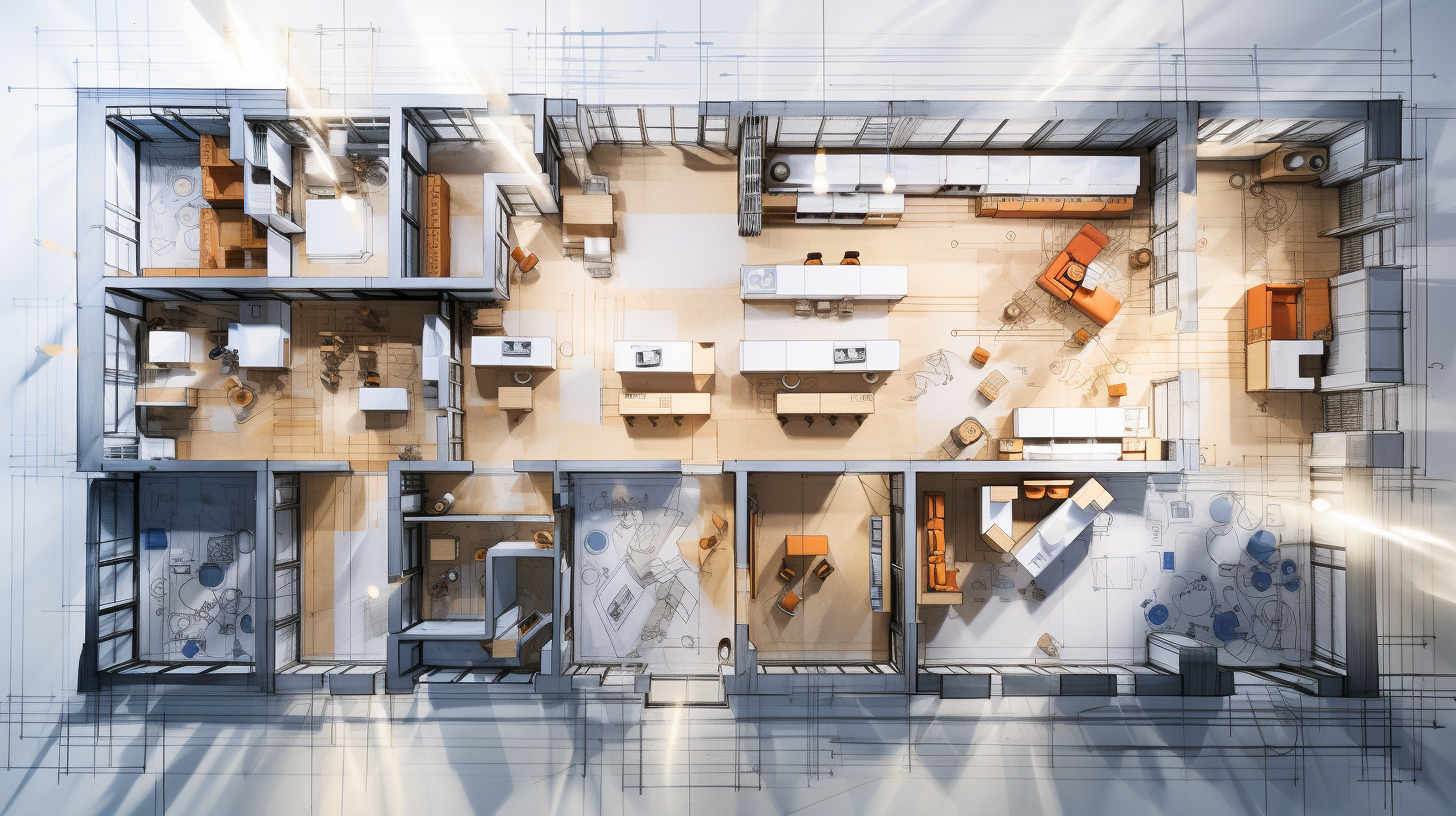
Table of Contents
What is Ambient Lighting?
Ambient lighting, or what is commonly called as general lighting, serves as the primary source of light for a certain room. It is the foundation of all the lighting of a room. It is any light that fills a room and results in indirect illumination that reduces shadows on people’s faces.
This creates a soft and diffused light, often from reflected sources like chandeliers, track lights or pot lights. In photography and cinematography it can also be referred to as available light – ambient lighting isn’t necessarily brought to the shoot by the photographer or cinematographer but naturally occurs around them in their environment.
Similarly in interior design ambient lighting has an important role to play; while it should provide enough brightness for basic tasks such as navigation throughout your home, its most important purpose is to set the mood and atmosphere with warm inviting tones that enhance feeling of comfort rather than just functional illumination.

Ambient lighting can be accomplished by using basic lighting fixtures such as chandeliers, track lights, recessed lights, and wall or ceiling-mounted lighting fixtures. There are various ways to achieve balance in ambient lighting and this often depends on what type of room you are using it for. In some rooms, this can also serve as a primary source for task lighting just like in a laundry room.
Importance of ambient lighting in home design
Ambient lighting is an essential element in home design as it provides overall illumination for a room, reduces eye strain and helps to create a productive environment.
Ambient light is the basic layer of lighting that illuminates the entire space and allows for clear visibility and movement – this can be complemented with accent or task lights to provide a well-rounded, visually appealing atmosphere.
Natural light from windows, pendant lights, recessed lighting, or chandeliers can serve as sources of ambient light in home settings.
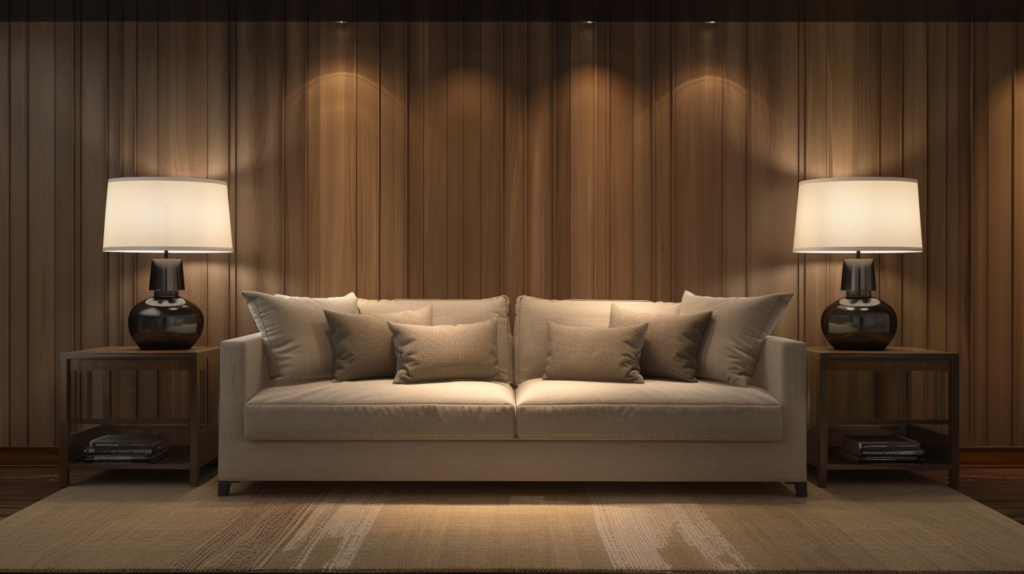
How to Incorporate Ambient Lighting
Lighting is a very important aspect for every room in your home. However, its proper utilization and placement can often be overlooked. Having a bad case of lighting in a quite impressive room downplays the room as a whole.
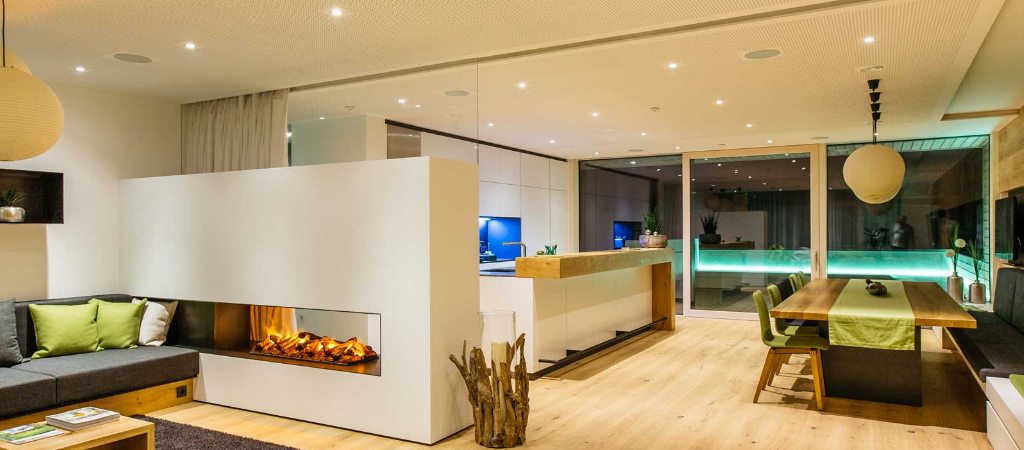
There are four basic types of lighting that can work to improve a certain room; the ambient lighting, task lighting, and the accent lighting. An excellent lighting plan maximizes the use of these three lighting types to illuminate a room depending on function and style. Task and accent lighting are more specific on its purpose while ambient lighting provides the overall illumination to a room. This type of lighting should never be taken for granted.
Sources of Ambient Light
Natural light
Natural light is an invaluable source of illumination that should not be neglected when considering ambient lighting. The bright and natural sunlight from outside can be used to illuminate a space, creating a warm atmosphere with rich shadows and highlights.
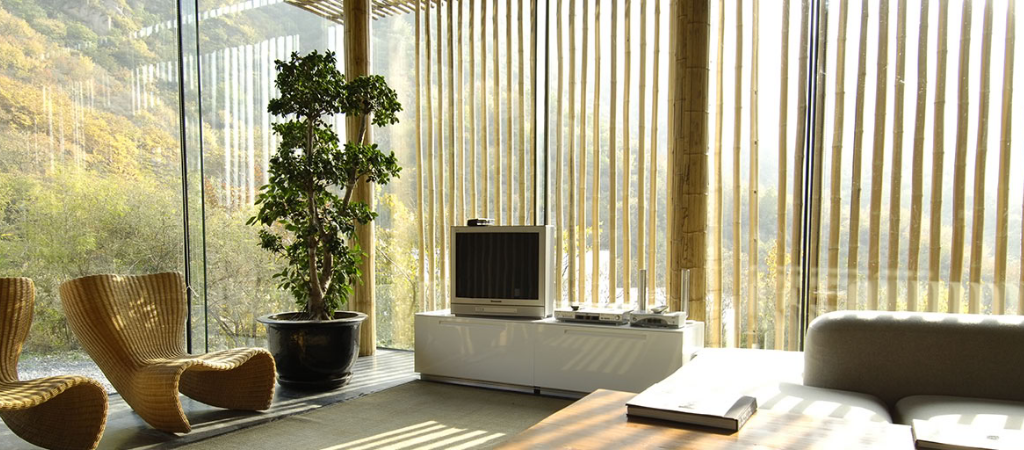
In addition, this type of daylight will never need replacing like artificial sources may require over time. When properly considered in home design, the use of natural light can enhance the entire aesthetic feel within any room – creating an inviting environment that makes people feel right at home!
Artificial light sources
Ambient lighting is created using a combination of natural and artificial light sources. Natural light includes sunlight, moonlight, or any other outdoor light that was not added to the scene by a photographer or designer.
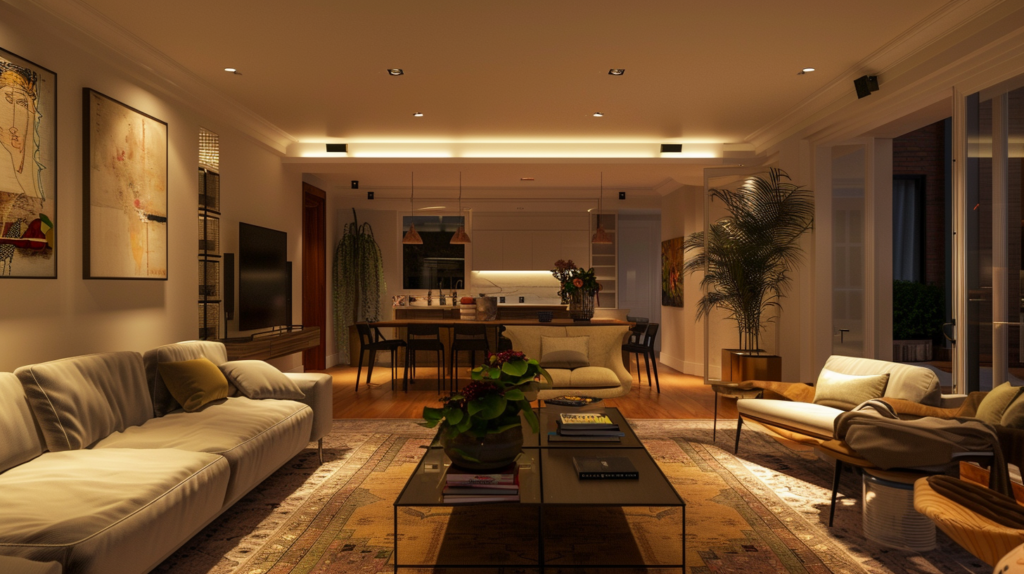
Artificial light sources such as lamps and chandeliers are commonly found indoors and provide functional illumination in an environment.
Electric bulbs in varying wattages create diffused light that gently bathes your space for the perfect amount of brightness and softness desired. They also come in various colors to suit different tastes; adding color temperature variations helps create moods ranging from warm and inviting to cool and calming.
Choosing Ambient Lighting
There are factors to consider in choosing ambient lighting for every room to achieve the best results:
Choosing the Lighting Location
In choosing the location for your installation, the first thing you need to do is evaluate a certain room when it is dark. You can turn off as many lights as you can without losing the room’s visibility and note the areas that need to be accented. These spaces often include pathways, reading areas, fireplaces, coffee tables, bookshelves, seating areas, and plants.
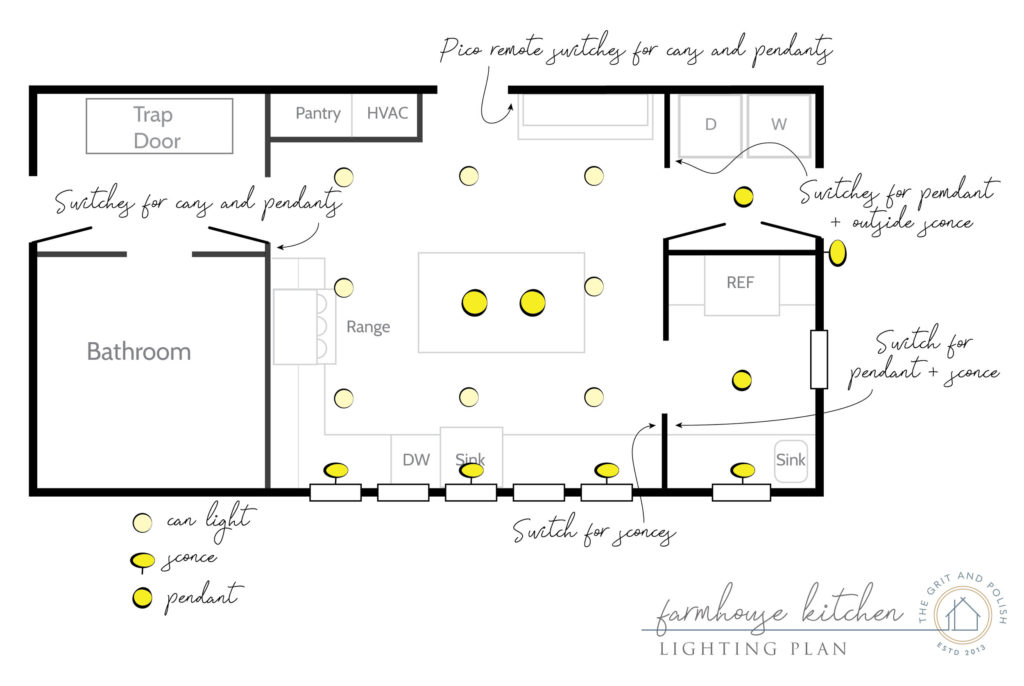
Balance is important in choosing the location for ambient lighting. Lighting just one corner of a large room will make it unbalanced. However, trying to illuminate every corner of the room can make it overwhelmingly bright instead, which is probably not the kind of mood you are trying to achieve.
To measure how much light you need in your room, try our Lighting Calculator.
Choosing The Lighting Types
The best way to achieve balance in this type of lighting is illuminating a certain area probably at the front space and putting a table lamp at the back corner of the room.

The next thing to consider is choosing the lighting type that is ideal for your needs. The size and the amount of light a fixture can provide are also something you have to consider.
A few accent lighting types you can choose might include recessed lights, nightlights, lamps, and track lights.
Choosing the Right Look
Accent lighting pieces that are on your ambient lighting plan is now part of the room’s décor, thus, should be treated as one. Accent lighting pieces should complement with your existing decors and furnishings.

Subtle lighting pieces work best in most rooms. The neutral tones and shades of lamps that coordinate with the room design color work best. If you are going for a dimmer lighting appearance, the darker color shades will work well since it can filter the light better compared to lighter shades.
Choosing the Lighting Intensity
Choosing the bulb wattage when installing the light should not be overlooked. This will depend on the function of your lighting fixture. If the fixture aims to serve as the main source of light such as in a reading chair, you might need a higher bulb output. However, for creating warmth and a little personality especially for subtle accent lighting, there is no need to use glaring lights.

You can also choose if you want a warm or a cool light for your fixture. Yellow light appears warmer while blue light is cooler. The color temperature of a light will depend on what effect you are planning to achieve.
Creating the right ambient lighting can be very technical and complex and there are some variables to consider in making an excellent plan. However, when achieved, it surely can improve the dull appearance of a room and make it more impressive by giving a little personality.
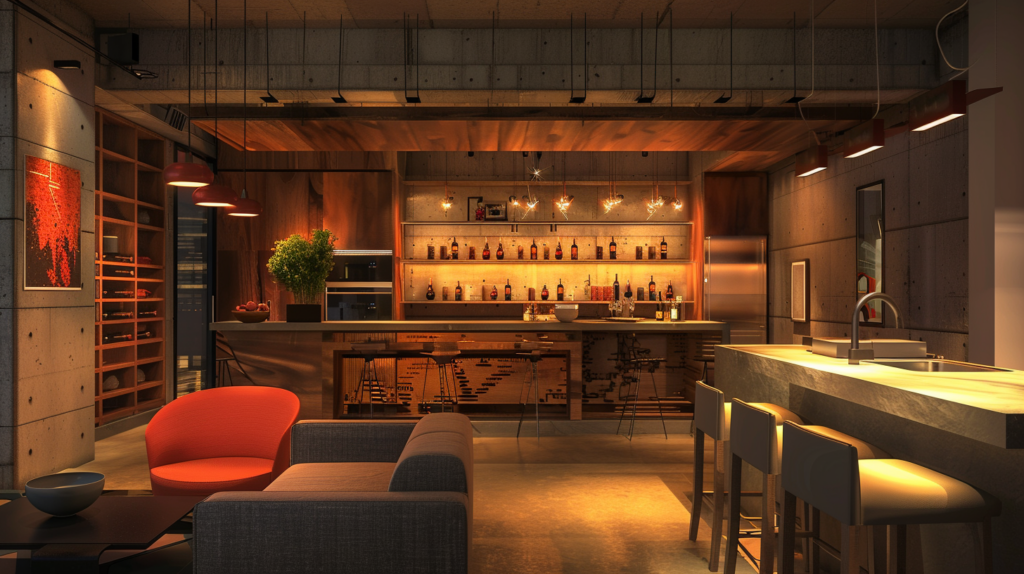
Frequently Asked Questions – Ambient Lighting
What is considered ambient lighting?
Ambient lighting is considered to be any type of general lighting, this includes a variety of lighting fixtures, including ceiling lights, wall sconces, and floor lamps. This can also include natural sunlight coming from windows or skylights.
What is the purpose of ambient lighting?
The purpose of ambient lighting is to provide overall illumination and is intended to create a uniform light level throughout a space. Basically, the purpose is to be the primary source of light for the room. It’s the foundation of all the lighting in a given space.
What types of fixtures are commonly used for ambient lighting?
Common fixtures for ambient lighting include ceiling-mounted or recessed lights, chandeliers, wall-mounted fixtures, and floor or table lamps. Each type distributes light evenly throughout a room.
How does ambient lighting differ from task lighting and accent lighting?
Ambient lighting provides overall illumination, task lighting is focused on specific areas to assist with activities (like reading or cooking), and accent lighting highlights particular objects or architectural features.
I have been the project manager for Modern.Place since early 2016, spending three of those years working overseas on the manufacturing & procurement side of the LED lighting industry. Constantly learning and passing on knowledge to others while excited for what the lighting industry will involve into next.


2 Comments
Biplab Poddar July 03, 2018 - 02:13
Your home is nothing less than a theater stage and it should have everything to make it look apart. Be it the right paint colors or the right furniture and the home appliances, each and every thing should be exactly the way you should want it to look. But the only thing which can really tie the set together is the lights. The right lighting can ensure to set the proper mood for every room which you would want to convey to your guests and properly set up lights can get in sync with the activities occurring there. Ambient lighting is considered the most common type of indoor lighting which can be placed on ceilings for lighting up rooms with broader glow. Floor lamps and recessed lights are also used to set up this effect. Ambient lighting gives uniform illumination throughout the spaces.
alan June 20, 2019 - 15:06
i am in the middle of renovating my small condo bathroom. there is no natural light. i now have a 48×30 mirror above vanity with light in the mirror itself. seems that it isn’t enough for makeup. i now have the electrician installing a gimbel light in ceiling.
i don’t know what else to do for light? i can squeeze two sconces but need HELP.